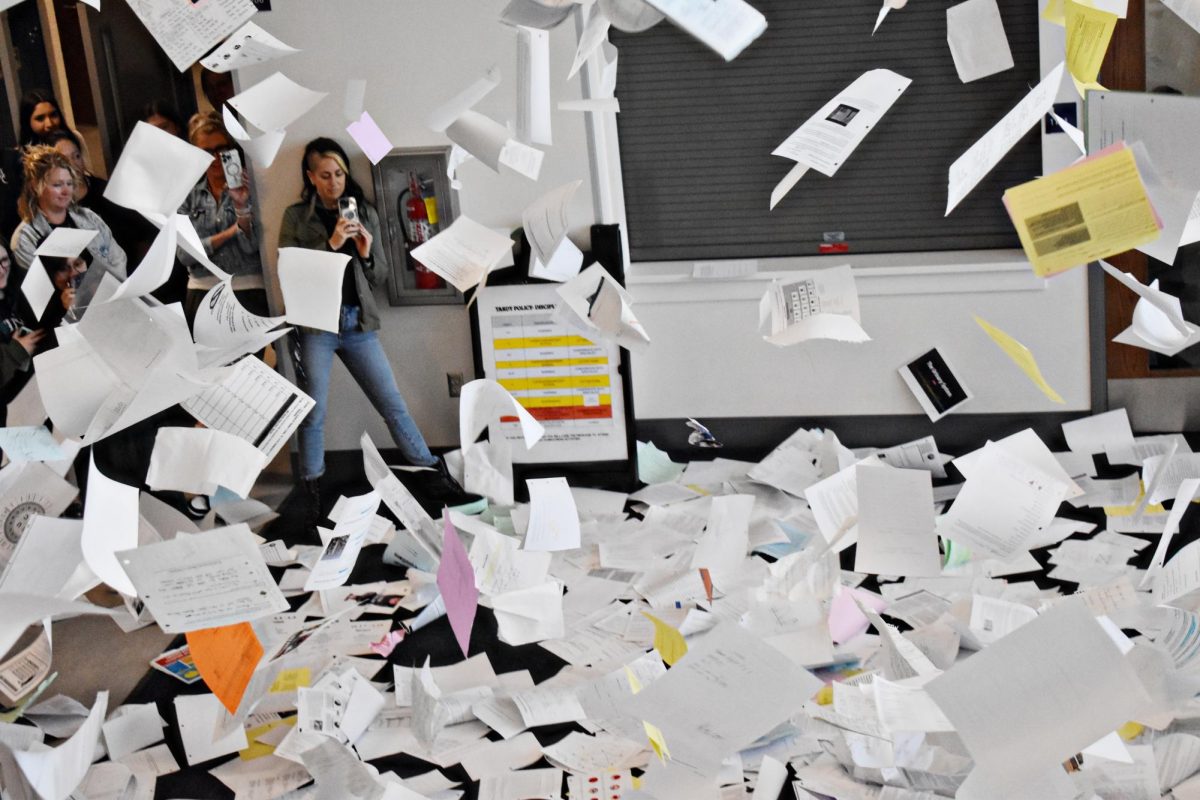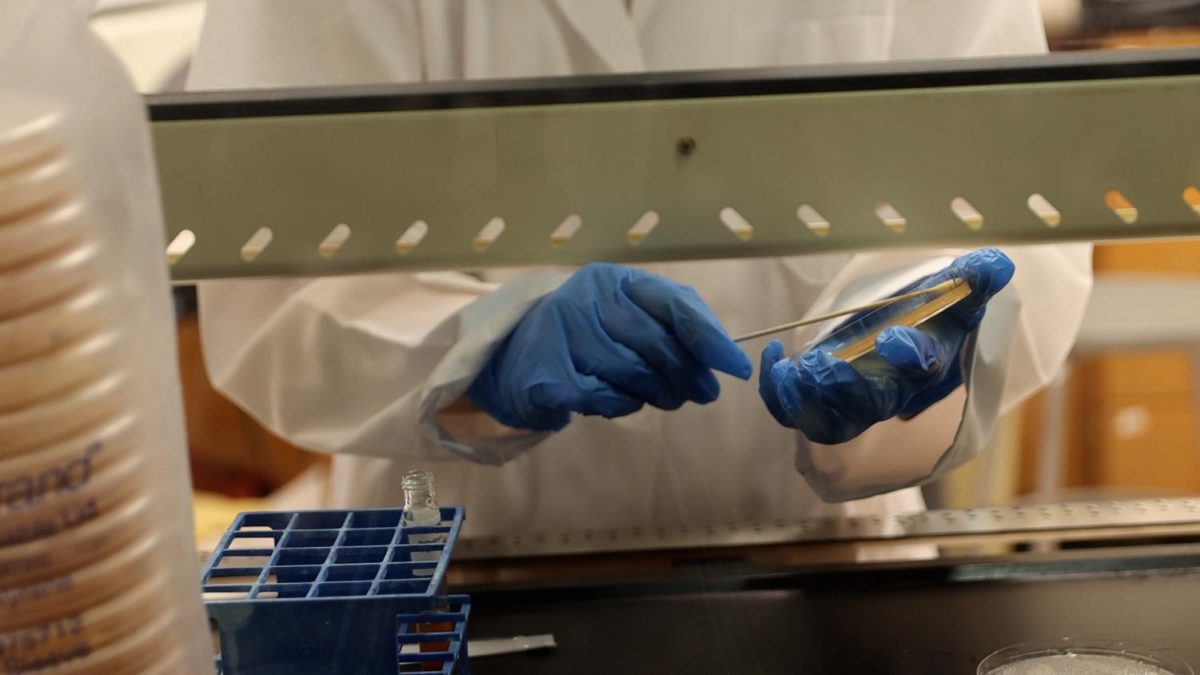Marin County supports high biological diversity due to its Mediterranean-type climate, which is characterized by mild, wet winters and warm, dry summers. Several species of mushroom inhabit the county, leading to the popularity of the funky hobby of fungi foraging. From personal chefs to high school students, mushroom hunting creates an eclectic community within Marin County.
Groups such as The Mycological Society of Marin County, Forage SF, and Wild About Mushrooms provide guides and education on mushroom foraging in the Bay Area. Proper identification and location are key aspects of the mushroom foraging process.
Personal chef and Marin County resident Tiffany Freedman forages mushrooms to use in her recipes. She began hunting for mushrooms around 10 years ago, so harvesting them has become a part of her routine, in both cooking and her day-to-day life.
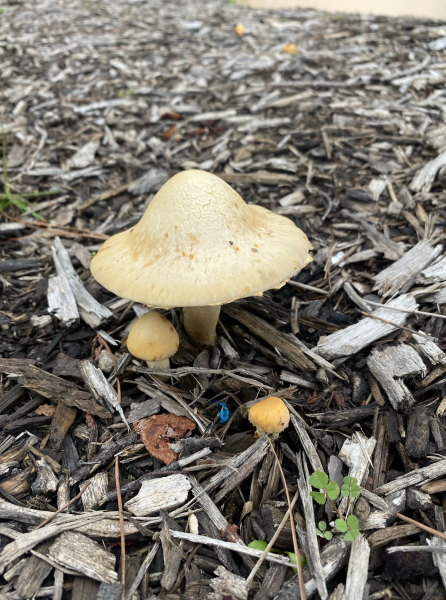
“I got into mushroom hunting and discovered that it was kind of like a big, giant treasure hunt, which was really fun and became a massive hobby because it’s therapeutic for me,” Freedman said.
Longtime friend of Freedman, Jessie Keilt, is also a personal chef and avid mushroom hunter. Keilt began pursuing mushrooms during her youth when her mother taught her to forage.
“I’ve been foraging since I was a little kid. My mother was a forager… We’d go out with her in England and pick mushrooms,” Keilt said.
When Keilt moved to Marin County 18 years ago, she discovered a little community within her hobby. While some large groups and organizations form communities to forage with, Keilt and Freedman have found joy foraging together. Over the years, both have gained knowledge about mushroom hunting and all its facets.
Though mushrooms may seem harmless, without gaining knowledge specific to Marin, eating just any mushroom found can pose risks. Mushroom foragers abide by the saying, “When in doubt throw it out”.
“There is a little bit of a daring and risky factor because you might die if you eat the wrong mushroom,” Freedman said.
Mushrooms themselves often incite thoughts of drugs, psychedelics, and foraging for the purpose of a high, but when looking into the community itself, it becomes clear that those are two separate parts of mushroom hunting.
Tiffany and Jessi use mushrooms for cooking, but they come across others interested in mushroom hunting for its psychedelic uses. Since the community that they have consists of just two individuals passionate about the culinary side of mushrooms, they don’t receive much exposure to the other side of the community.
“I hear people ask me all the time if I can get them [psychedelic mushrooms] and I say, ‘No.’ I’m not looking in places where they are,” Freedman said.

Learning to identify different mushrooms is crucial for anyone planning to cook or eat their findings. Archie Williams junior Ford Cocciolo has a passion for mushroom hunting. Differing from Freedman, Ford forages for the art of the mushroom, not for the taste, so the challenge of identifying which mushrooms are poisonous or taste right for a particular dish doesn’t concern them.
Ford dehydrates and pins the mushrooms inboxes, using them to create beautiful patterns on paper using ink. They inspect the gills and pores of the fungi with a microscope to complete the process of mushroom art.
“When I’m in the forest, I used to look up at the trees. But now I get to look down, and I can see all these little guys… A lot of people think they’re gross, which makes me happy,” Ford said.
Not everyone sees mushrooms as art, but Ford considers them as beautiful parts of nature that can be utilized in many ways. They pause to notice small beauty within nature, whereas many simply walk by. Similar to Keilt and Freedman, Ford has created their own little community of high school mushroom foragers.
Winter and spring, about two weeks after the first significant rainfall, is the best time to start foraging. The Marin County Free Library provides helpful information to identify the correct mushrooms and the prime spots to go searching.
Marin County is lucky to boast a diverse, multi-faceted community around mushroom hunting, and resources from local groups allow anybody to get involved. With communities ranging from large groups to just a couple of friends, foragers learn about nature, experience the outdoors, and connect with each other through this unique hobby.
This story was originally published on The Pitch on April 16, 2024.

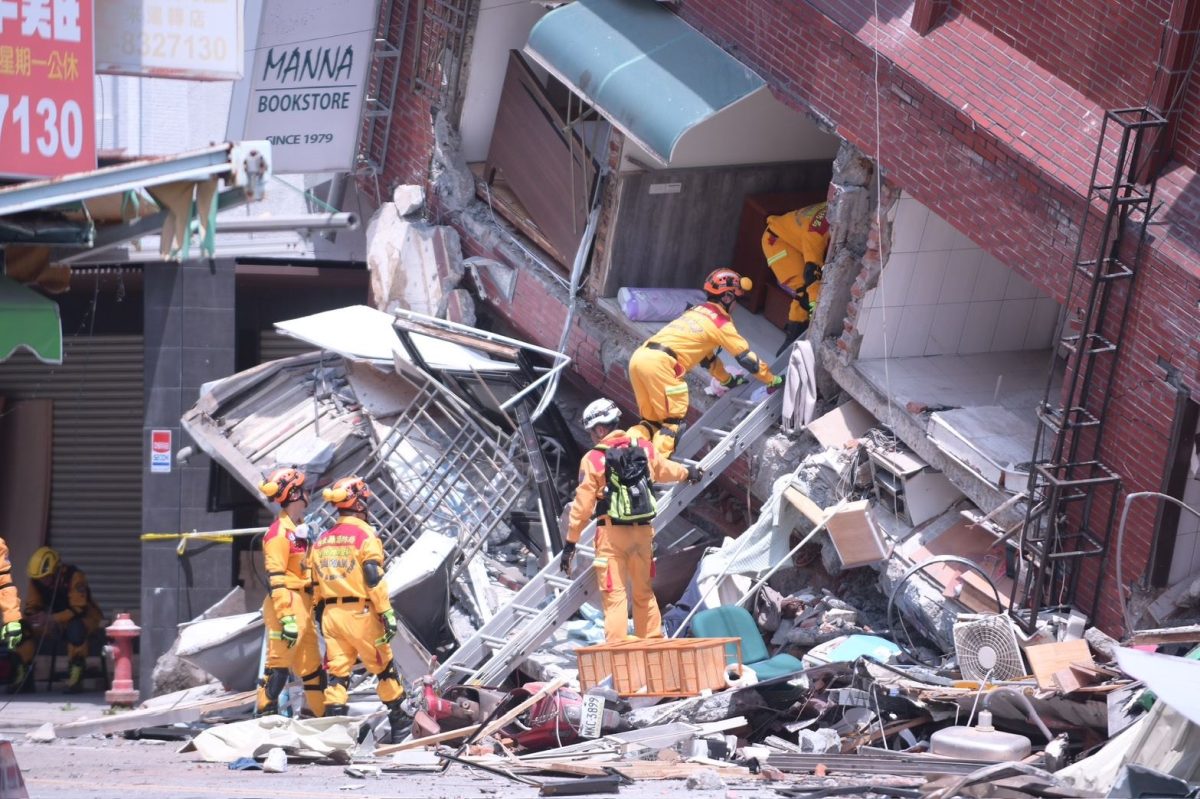
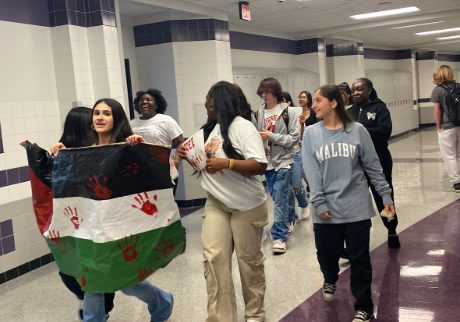


![With the AISD rank and GPA discrepancies, some students had significant changes to their stats. College and career counselor Camille Nix worked with students to appeal their college decisions if they got rejected from schools depending on their previous stats before getting updated. Students worked with Nix to update schools on their new stats in order to fully get their appropriate decisions. “Those who already were accepted [won’t be affected], but it could factor in if a student appeals their initial decision,” Principal Andy Baxa said.](https://bestofsno.com/wp-content/uploads/2024/05/53674616658_18d367e00f_o-1200x676.jpg)
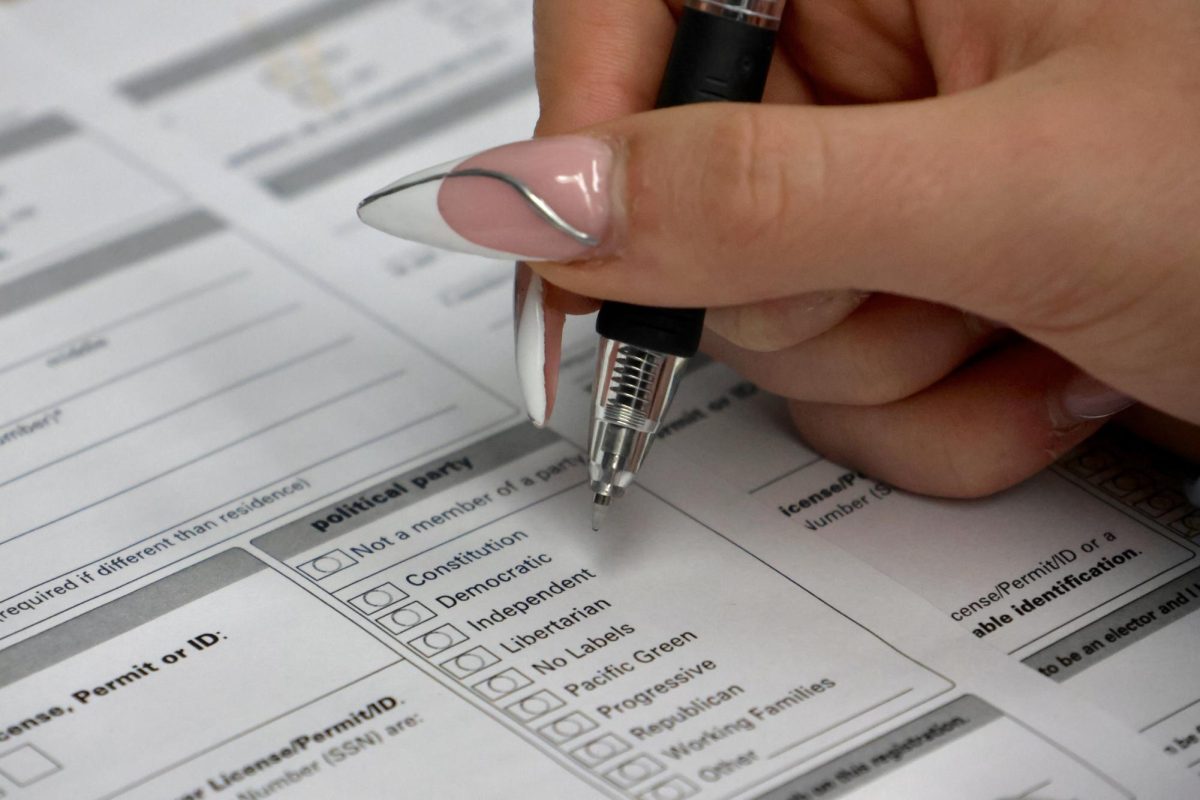




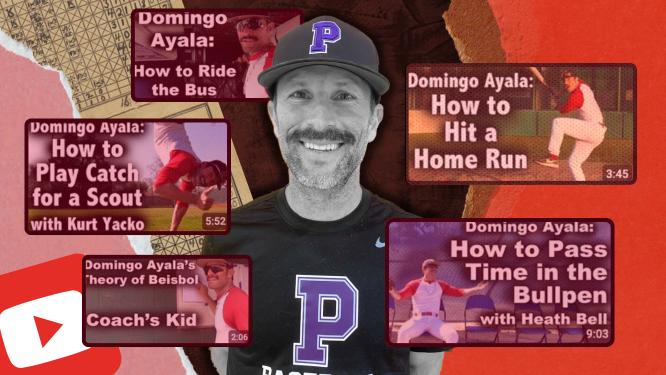
![Junior Mia Milicevic practices her forehand at tennis practice with the WJ girls tennis team. “Sometimes I don’t like [tennis] because you’re alone but most of the time, I do like it for that reason because it really is just you out there. I do experience being part of a team at WJ but in tournaments and when I’m playing outside of school, I like that rush when I win a point because I did it all by myself, Milicevic said. (Courtesy Mia Milicevic)](https://bestofsno.com/wp-content/uploads/2024/06/c54807e1-6ab6-4b0b-9c65-bfa256bc7587.jpg)

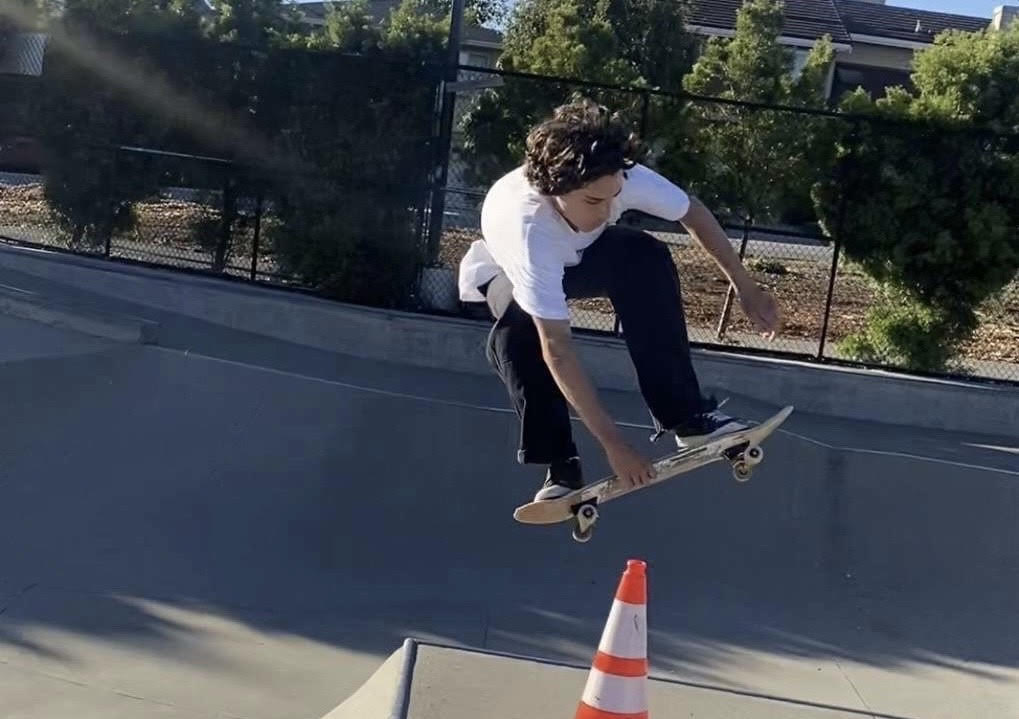

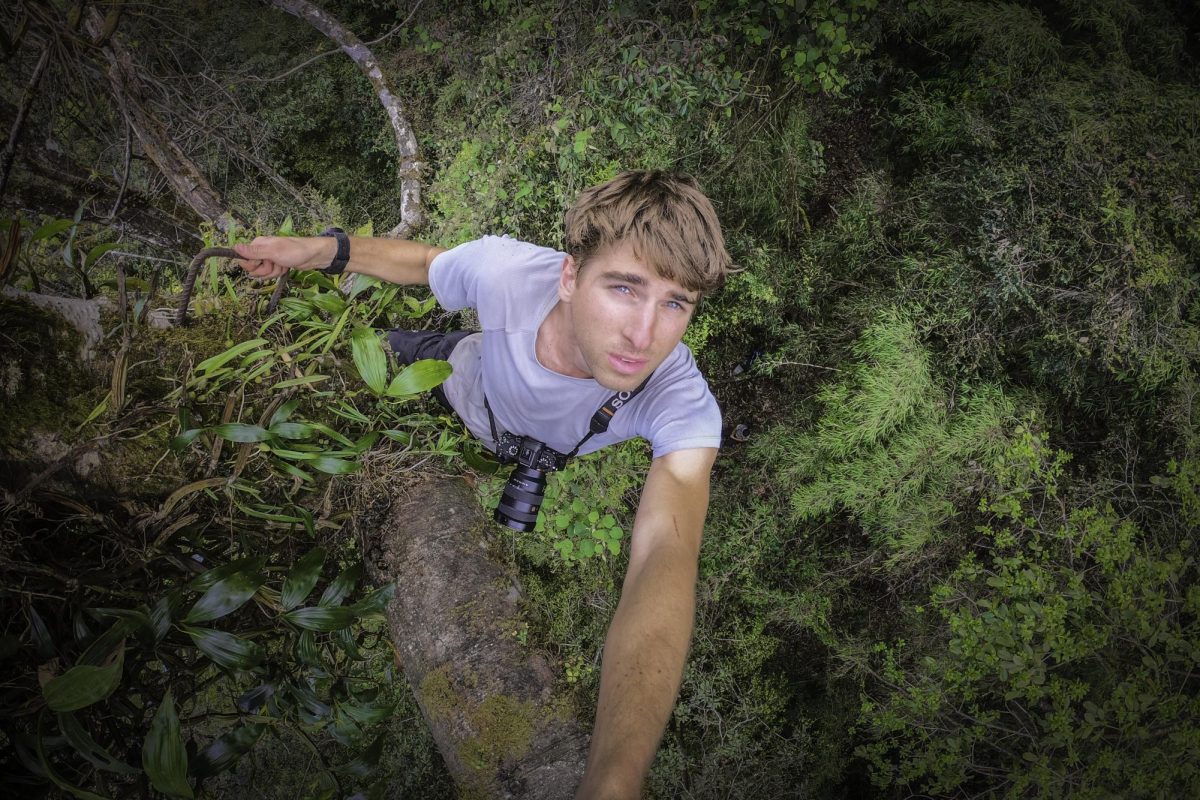

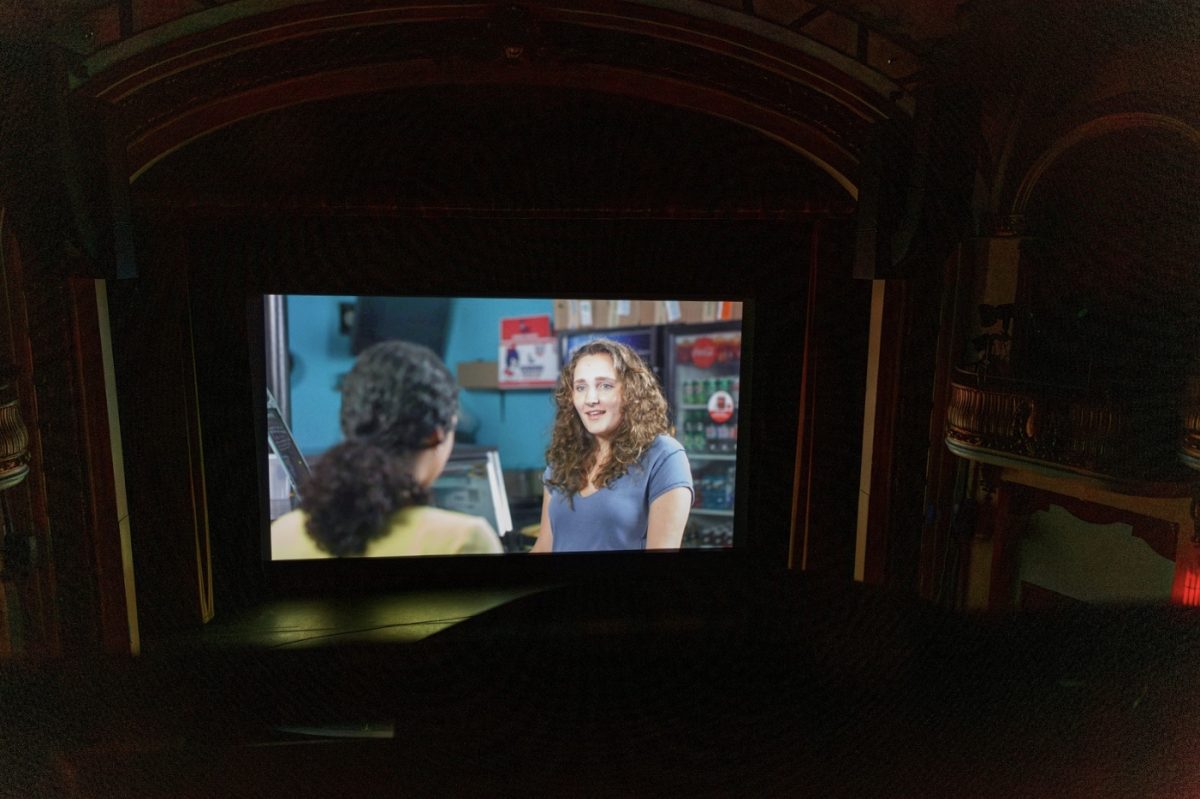

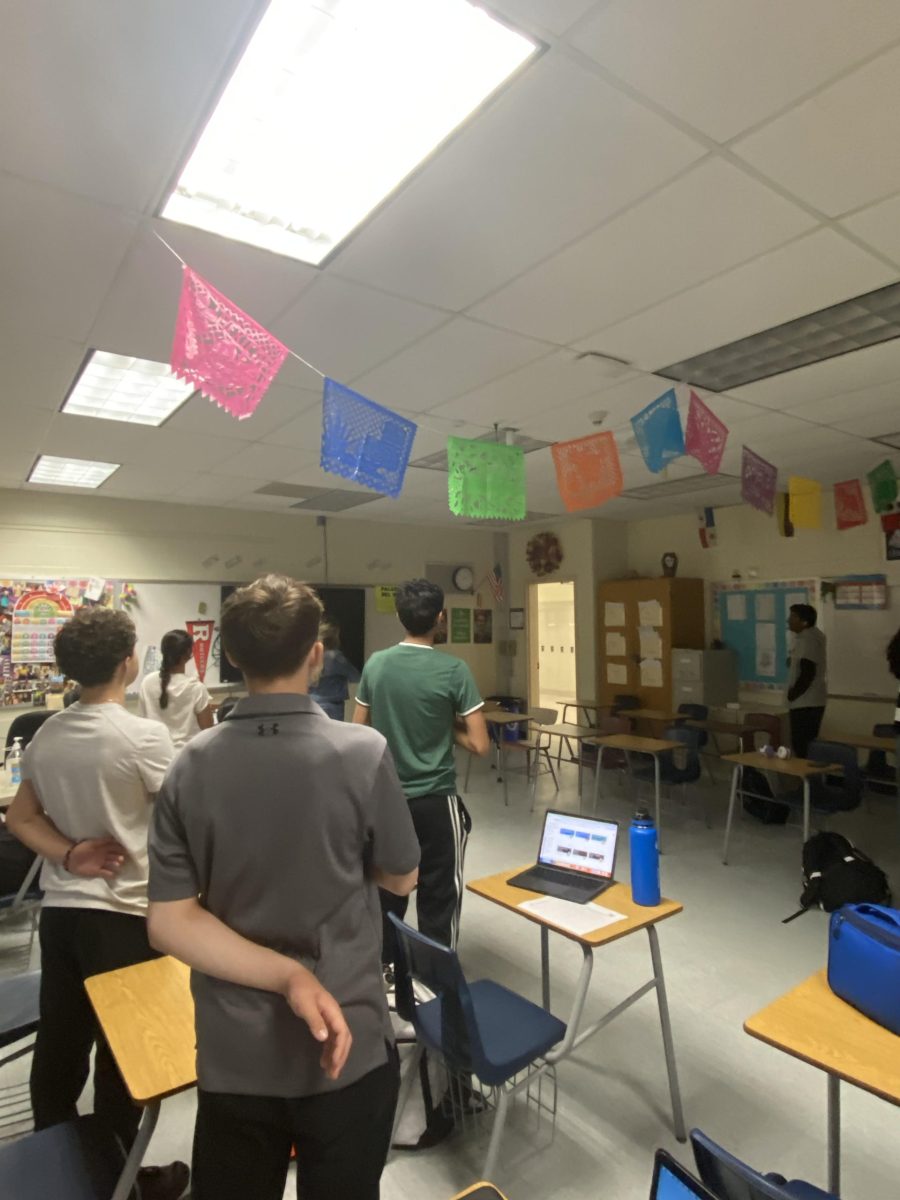
![The Jaguar student section sits down while the girls basketball team plays in the Great Eight game at the Denver Coliseum against Valor Christian High School Feb. 29. Many students who participated in the boys basketball student section prior to the girls basketball game left before half-time. I think it [the student section] plays a huge role because we actually had a decent crowd at a ranch game. I think that was the only time we had like a student section. And the energy was just awesome, varsity pointing and shooting guard Brooke Harding ‘25 said. I dont expect much from them [the Golden Boys] at all. But the fact that they left at the Elite Eight game when they were already there is honestly mind blowing to me.](https://bestofsno.com/wp-content/uploads/2024/05/IMG_7517-e1716250578550-900x1200.jpeg)

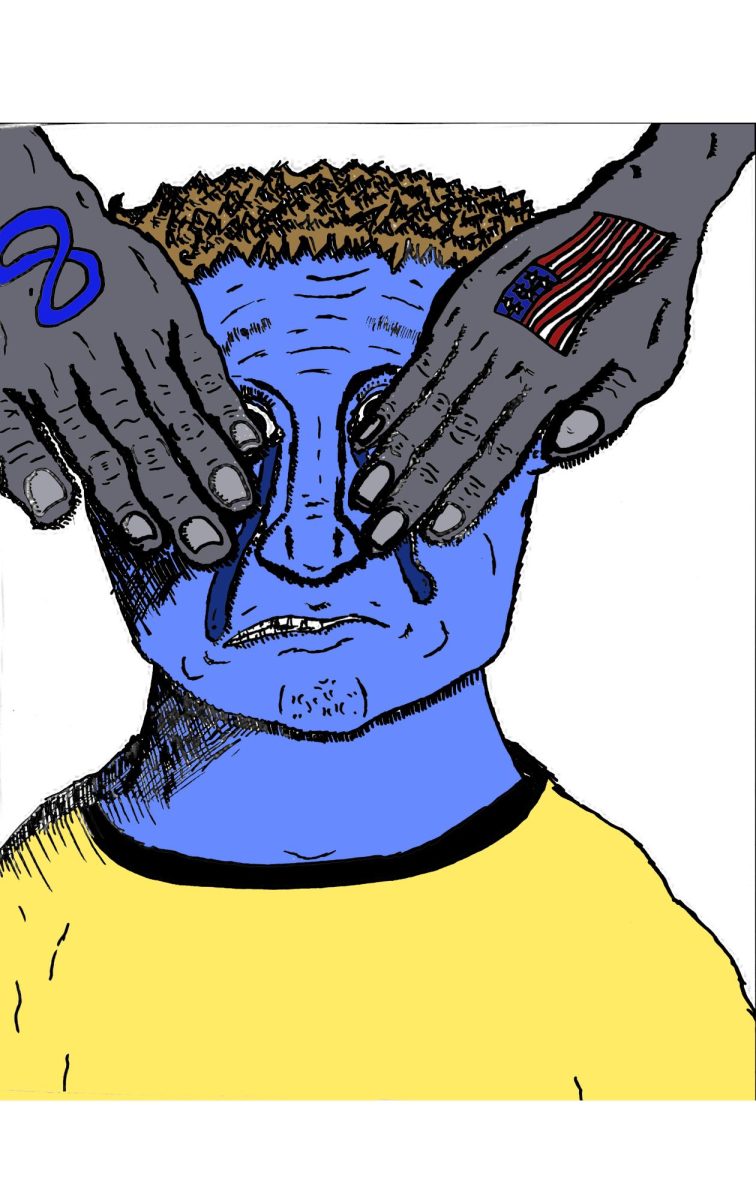




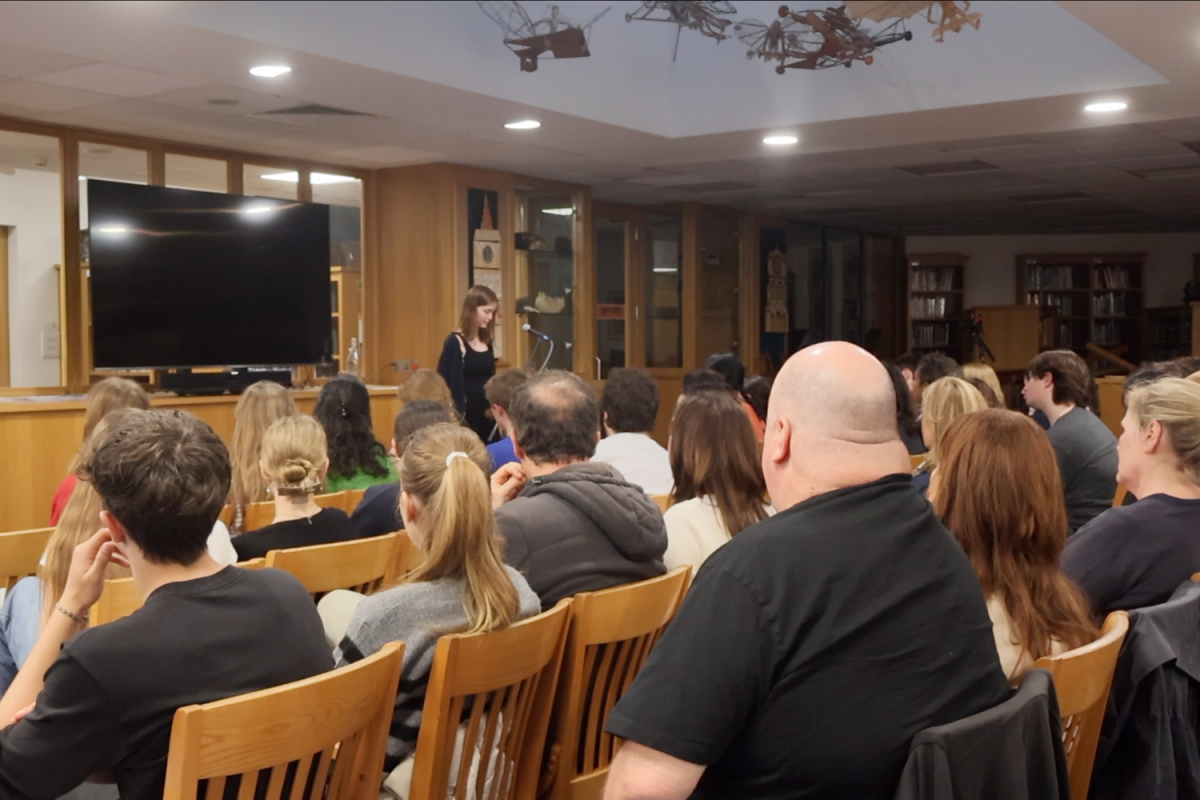


![BACKGROUND IN THE BUSINESS: Dressed by junior designer Kaitlyn Gerrie, senior Chamila Muñoz took to the “Dreamland” runway this past weekend. While it was her first time participating in the McCallum fashion show, Muñoz isn’t new to the modeling world.
I modeled here and there when I was a lot younger, maybe five or six [years old] for some jewelry brands and small businesses, but not much in recent years,” Muñoz said.
Muñoz had hoped to participate in last year’s show but couldn’t due to scheduling conflicts. For her senior year, though, she couldn’t let the opportunity pass her by.
“It’s [modeling] something I haven’t done in a while so I was excited to step out of my comfort zone in a way,” Muñoz said. “I always love trying new things and being able to show off designs of my schoolmates is such an honor.”
The preparation process for the show was hectic, leaving the final reveal of Gerrie’s design until days before the show, but the moment Muñoz tried on the outfit, all the stress for both designer and model melted away.
“I didn’t get to try on my outfit until the day before, but the look on Kaitlyn’s face when she saw what she had worked so hard to make actually on a model was just so special,” Muñoz said. “I know it meant so much to her. But then she handed me a blindfold and told me I’d be walking with it on, so that was pretty wild.”
Caption by Francie Wilhelm.](https://bestofsno.com/wp-content/uploads/2024/05/53535098892_130167352f_o-1200x800.jpg)

